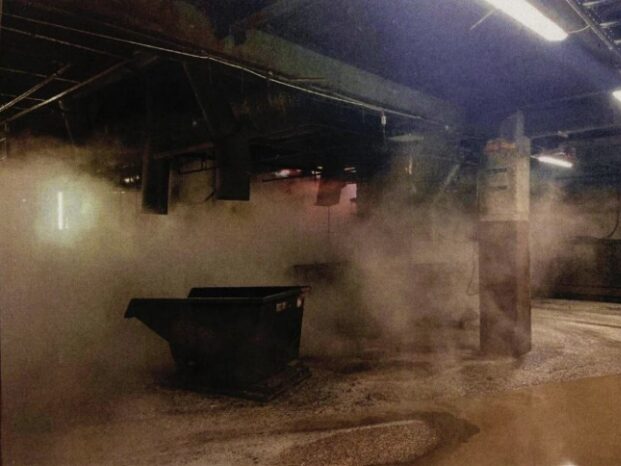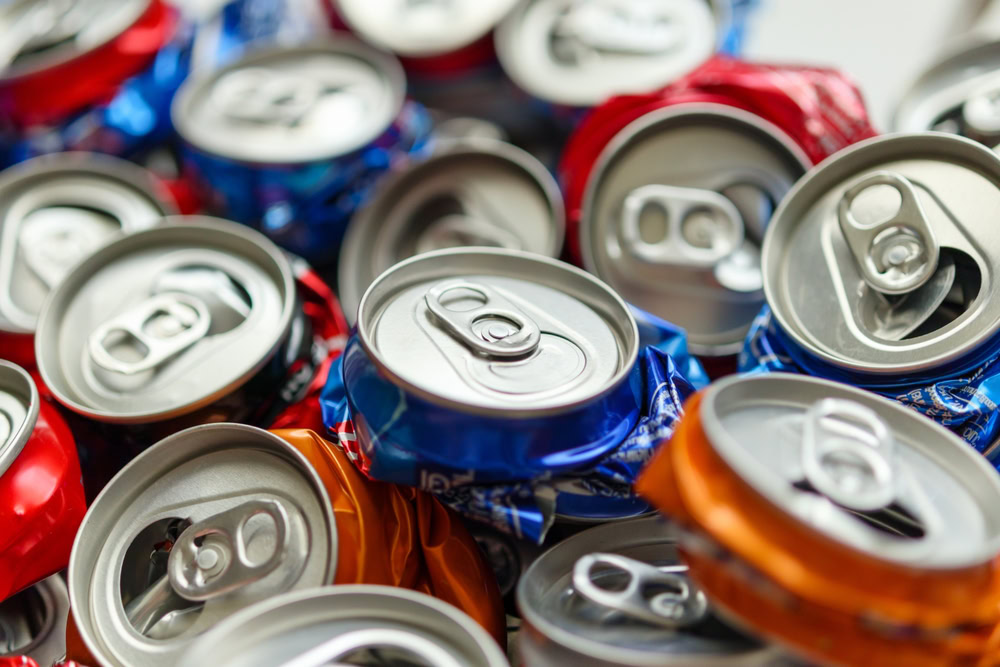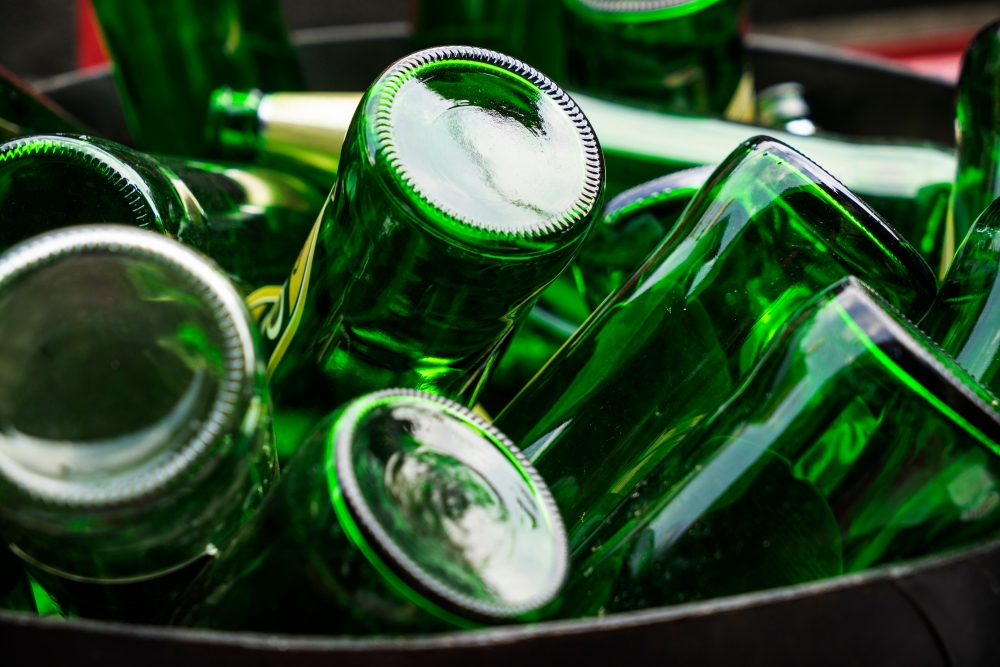Proposed new targets for the recycling of packaging were put forward last summer, amongst a series of proposals drawn up by the former Environment Commissioner Janez Potocnik, under plans to revise EU waste legislation, published in July.

Commissioner Potocnik’s proposals included an 80% by 2030 reuse and recycling target for packaging waste, including individual targets for packaging streams such as 90% of paper and cardboard by the end of 2025, 60% of plastic packaging, 80% for wood and 90% for ferrous metal, aluminium and glass by the end of 2030.
However, these proposals were scrapped by the new Commission late last year in favour of a new ‘more ambitious’ policy package that is set to be published this autumn. The Commission has also claimed that the new package will take a ‘more holistic’ approach to waste legislation, and not just focus on ‘end of pipe’ solutions such as recycling targets.
A sub-group of ACP members out its proposals to the Commission yesterday following a meeting last month, any new targets must reflect resource efficiency in design, production and during the product’s lifetime.
Taskforce
The group tasked with looking at the proposals included ACP chair Phil Conran, Rebecca Cocking of British Glass, Valpak’s Adrian Hawkes, Jane Bickerstaffe of INCPEN, the Packaging Federation’s Dick Searle, Simon Weston from the CPI and Adrian Whyle of Plastics Europe.
In its submission to the Commission, the Committee stated: “Pure recycling targets based on recycling for recycling’s sale that are not based on scientific assessment of the whole product lifecycle can have unintended consequences and potentially create a net environmental dis-benefit.”
To view the ACP’s submission on packaging targets and the circular economy, click here.
The Committee adds that targets alone will not stimulate prevention or reusability of packaging products, stating: “…commercial and sustainability drivers are strong enough and are assessed in relation to the nature of the product. Retailers will only consider the use of more complex – and generally more expensive packaging solutions – that may be more difficult to recycle when the additional costs justify the resource saving, e.g. keeping food fresher for longer.”
Definitions
Elsewhere the Committee has also called for a ‘clear, realistic and meaningful definition’ of, as well as ‘achievable objectives’ for a circular economy – with resource efficiency at the core.
It has also called for the Commission to recognise the role that packaging plays in prolonging the life of products – particularly food – and to ensure that any new targets do not compromise the primary role of the packaging.







Subscribe for free